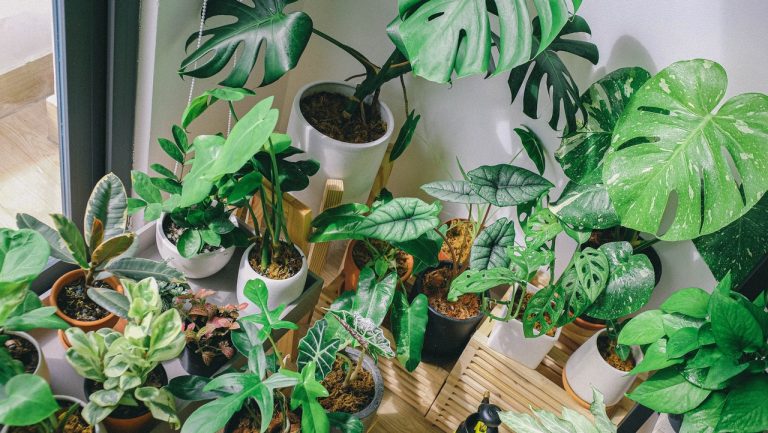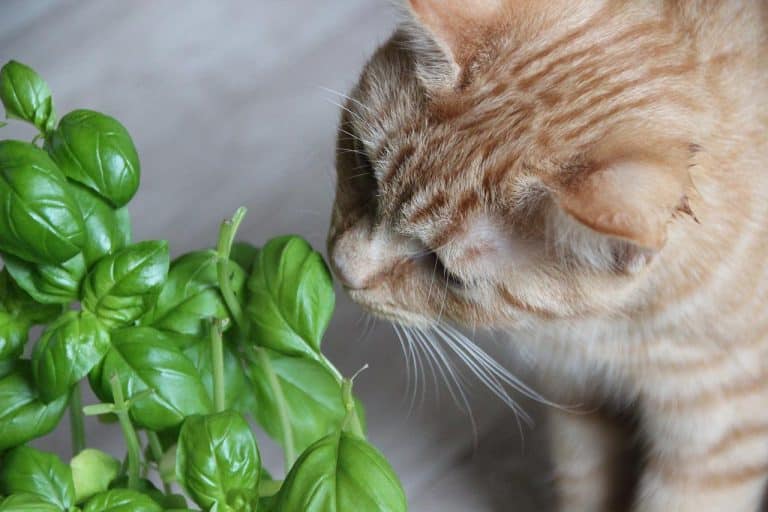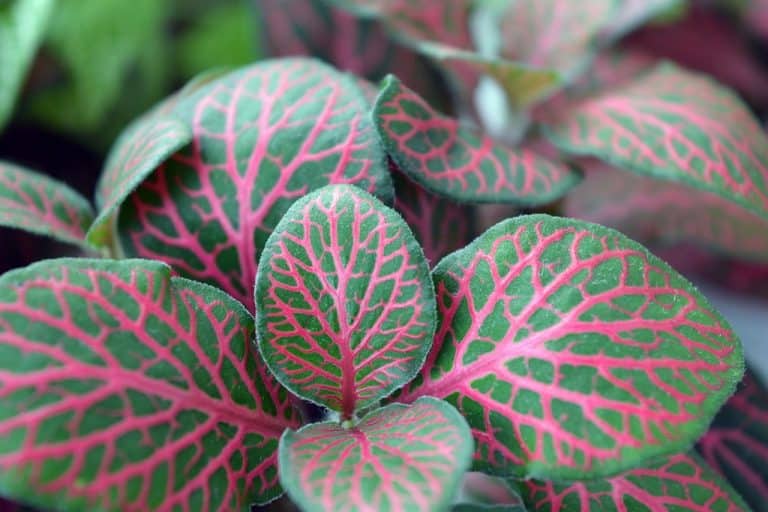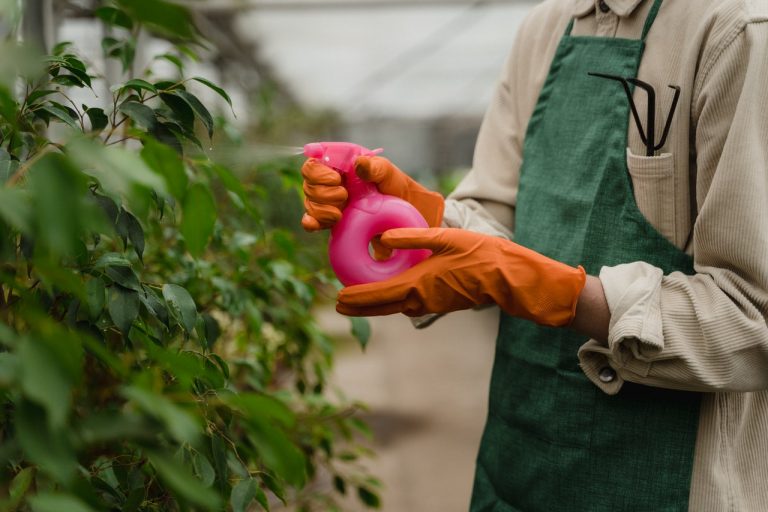Plant terrarium: make your own mini garden in a plant pot
A plant terrarium or garden in a bottle is a miniature garden that grows inside a glass plant pot. Terrariums are very similar to small greenhouses, where increased humidity makes it possible to grow tropical and exotic plants and carnivorous plants that require high humidity.
Plants do not require a lot of attention and maintenance, so they are excellent for people who, due to lack of time, cannot devote enough time to plants. Plants can be placed in jar of different shapes, and the terrarium itself gives uniqueness and beauty to the table, bedside table or any place in a limited space.
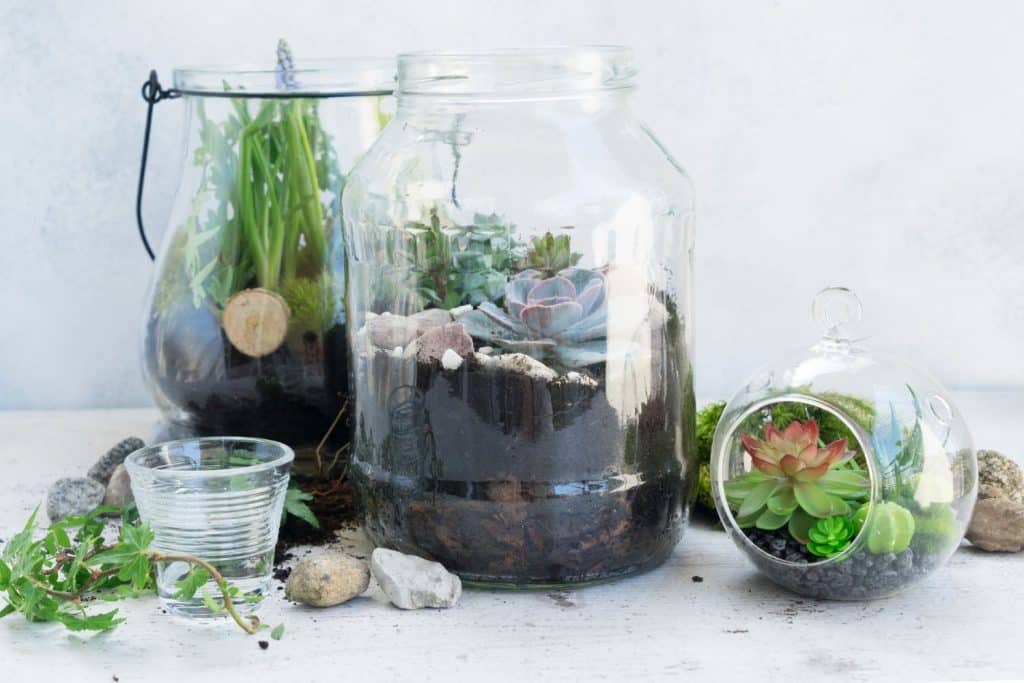
Type of terrarium
When making mini garden, it is important to decide on the type of terrarium. There are open terrariums (for growing succulents and cacti) and closed terrariums (for plants that like a lot of moisture).
In an open terrarium there is no long-term retention of moisture and they are ideal for growing plants that love the sun and do not require moisture.
The materials
The materials needed to make a terrarium are a jar, stone pebbles, coal, substrate, plants, funnel and scissors for arranging.
Plants that are recommended for growing in a terrarium
When choosing plants for the terrarium, it is necessary to match the size of the plant, its need for space and our plan. It is recommended to choose smaller plants and those that will not outgrow the space inside the plant pot. It is also necessary to pay attention to the selection of the color of the plants, where it is recommended to grow similar shades.
As light is an important element for the life of every plant, it is necessary to choose plants depending on their need for light. Regardless of the choice of plants, direct light should be avoided, as this endangers their growth.
Therefore, different terrarium plants have different needs for light, so care must be taken when combining them.
To make the terrarium look as beautiful and rich as possible, choose plants of different heights, shapes and colors. For a greater effect, you can add moss, small fern and grass seeds. Of the carnivorous plants, Venus flytrap (Dionaea muscipula), plants of the genera Drosera and Pinguicula can be grown. Of the tropical plants, fittonia (Fittonia verschaffeltii), African violet (Saintpaulia), and peperomia (Peperomia caperata ‘Variegata’) can be grown. Air plants are a excellent, beautiful plants for open terrariums!
It is important that plants are small and that they can be easily trimmed and thus kept in the frames of the jar.
If we want to use a more complex terrarium (not a jar) with a ventilation system, you can use, for example, various miniature orchids and tillandsias.
Choosing a plant pot for a terrarium
Plant pots can be of all sizes and shapes. There are ready-made terrariums, but various bottles, jars, aquariums, vases, plastic containers and the like can be used. The only important thing is that sunlight can reach through the material. Feel free to let your imagination run wild when making a terrarium! For beginners, a large and open glass pot is recommended, as it is easier to work in such pots.
Making a terrarium
The layers in the terrarium should be poured using a funnel so that the sides of the pot do not get dirty. For drainage, the bottom layer consists of fine sand, pebbles or very coarse sand. Depending on the size of the glass plant pot, the drainage material must be equally spread over the terrarium and at least 2.5 cm wide, while for wide and deep pots 5 to 6 cm. It is important to achieve as good drainage as possible so that the soil is not oversaturated with water and thus impairs the condition of the roots and eventually destroys the plants themselves.
Drainage stones must be washed with clean and hot water before use. It is recommended to spread a thin layer of charcoal on top of the drainage layer to enable filtering and maintain cleanliness. This layer makes it possible to clean the air from steam generated during the decomposition of organic materials and prevents direct contact of the roots with the water that accumulates at the bottom.
The third layer consists of a thin covering of peat (peat moss) spread over the first two layers. This will prevent soil penetration into the drainage layer. The last layer is the substrate for the terrarium, which can be obtained in garden centers, but you can also make such a substrate mixture yourself, by mixing coarse-grained building sand with part of the substrate. The use of sea sand is not recommended at all.
After the lower layers of the terrarium have been formed, you can make relief contours with the help of the soil, such as terraces, valleys and hills. The hills should be more in the background while the valleys are more prominent. To emphasize the beauty of the landscape, you can add pebbles or trees, dry roots, etc.
To plant plants, it is necessary to make a hole in the soil with a spoon or a finger and carefully place it inside. After that, more soil is added around the plant to provide better support. Continue adding other plants to the terrarium and try to place them as far away from the corners as possible. After planting, some decorations can be added such as small figurines, decorative slides, sticks, and a layer of stones. The terrarium needs to be watered, but with a small amount of water.
How to maintain a terrarium for plants?
The terrarium should be watered every 3 to 6 months. “But even without watering (i.e. spraying with distilled water) it can last even longer. Of course, plants should be pruned all the time so that they do not grow too large and form a shadow for other plants. If it is a large terrarium with a lot of plants, they actually need to be sprayed daily, and they also require an air fan. Plant terrariums are actually an ecosystem in themselves, so they need to be provided with everything they need to grow, so if they are bigger, only a little more technology is needed to be self-sustaining. In addition, the water we use for plant terrariums should be distilled.
How to help the plants in the terrarium to grow even better?
Make your terrarium bioactive by adding springtails or isopods (better known as ball bugs), arthropods that will play the role of cleanliness squad for your small ecosystem. Springtails and isopods are known as scavengers of organic waste, which means that they will eat any rotting leaves or dying parts of plants or moss and mold that may form on wooden decoration.
Tips
- Do not add liquid or solid fertilizer, as the goal is to make the plants grow very slowly or not at all.
- Do not over-water your miniature garden. If you notice too much condensation, simply remove the lid of the jar for half a day to allow the moisture to evaporate.
- If some leaves wither or dry, they should be removed immediately to maintain a healthy ecosystem in the terrarium.
- For best results, place the terrarium in a location out of direct sunlight.
- If you bought a ready-made terrarium and did not make your own, it is possible that it will fog up due to the difference in temperature from the place where you took it. In this case, open the terrarium for an hour to allow the temperature to equalize, and then you can close it.


